Make your best images ever with Luminar 4, the smart photo editor based on Artificial Intelligence.
Available to ANYONE who visits the Bug Photography Awards – FOR FREE. No subscription or credit card needed! Try it today and elevate every image.
Enter this inaugural year of the Sponsor Name Pet Photography Awards - showcasing the best pet photography from around the world, and raising vital funds for the world’s leading Wildlife hospital, Tiggywinkles.
10 categories for all to enter, and a Young Pet Photographer category for those aged 13-17.
The grand prize winner takes home £2,500 cash and the title of ‘Pet Photographer of the Year 2021’.
Available to ANYONE who visits the Bug Photography Awards – FOR FREE. No subscription or credit card needed! Try it today and elevate every image.
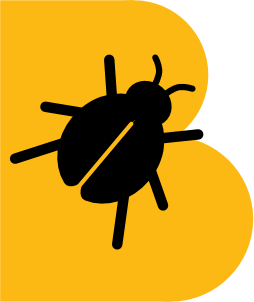
Chosen by our judging panel based on each photographer’s 5 most successful images
Find out more below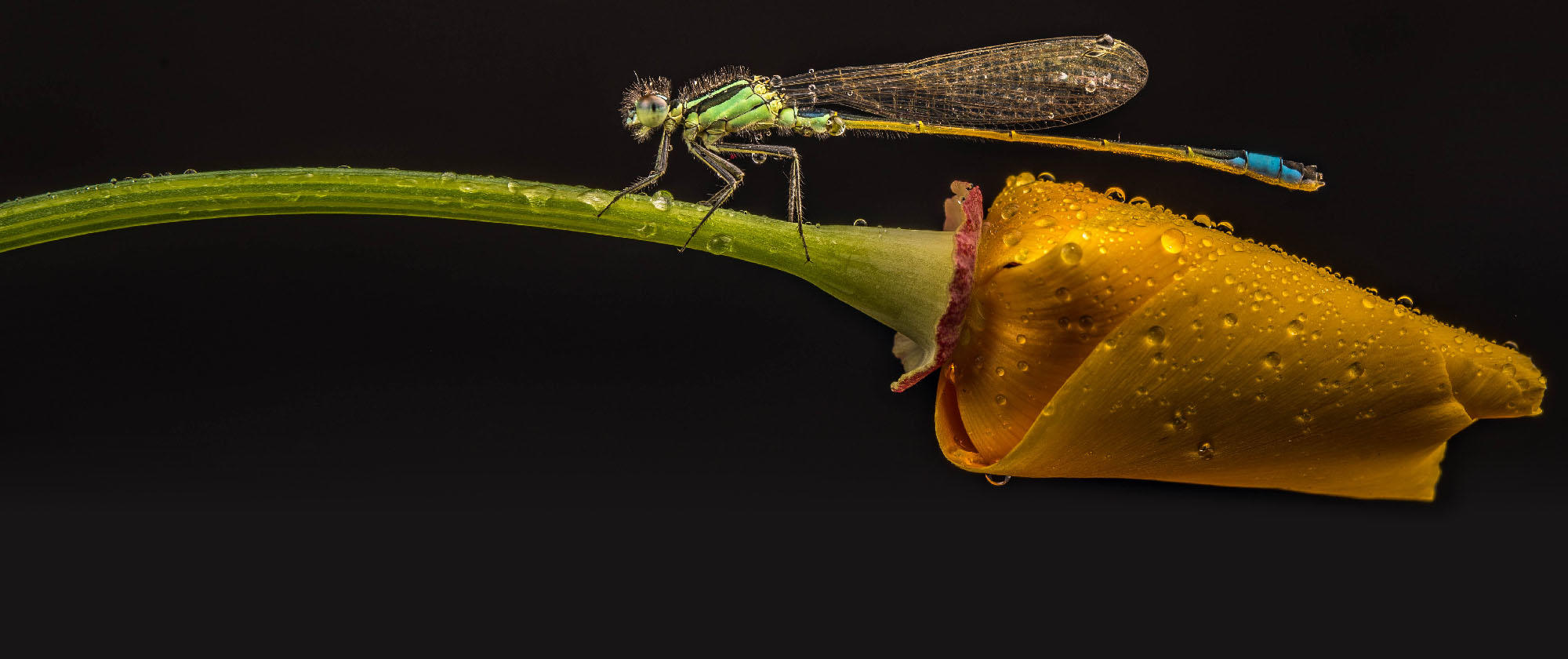
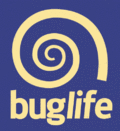
Entering the Luminar Bug Photography Awards will raise vital funds for Buglife - the only organisation in Europe devoted to the conservation of all invertebrates. Actively working to save Britain’s rarest little animals, everything from bees to beetles, worms to woodlice and jumping spiders to jellyfish.
Follow Buglife on
All images were assessed by our prestigious panel of judges drawn from the worlds of photography, ecology, television and academia. Learn more >
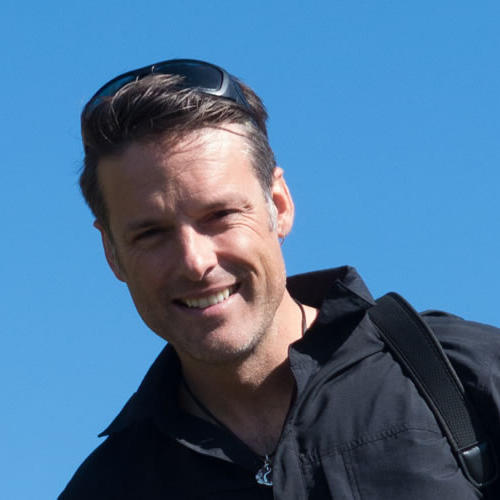
Nick is a passionate bug lover and naturalist, and has been Buglife’s Vice President since 2006.
Nick has presented many television shows. His presenting career took off with the BBC’s The Really Wild Show. In Nick Baker’s Under the Skin on BBC Two, he attempted to get under the skin of animals. He presented Twister and joined the presenting team of the science series, Tomorrow’s World. Other ventures have included co-presenting BBC Two’s Watch Out with Simon King; and Nick Baker’s Weird Creatures which has been regularly lampooned by Harry Hill’s TV Burp.
Recently Nick has been presenting Springwatch Unsprung and has also worked for Channel Five, the Discovery Channel and National Geographic.
Nick is a regular contributor to Radio 4’s The Natural History Programme and writes for publications including the BBC Wildlife Magazine, Wildlife Watch, RSPB’s Bird and Birdlife magazines, the Young Telegraph, the Bug Club magazine, Wild About Animals and FBX magazine. Nick has also written Baker’s Bug Book and the Natural History Almanac for the UK.
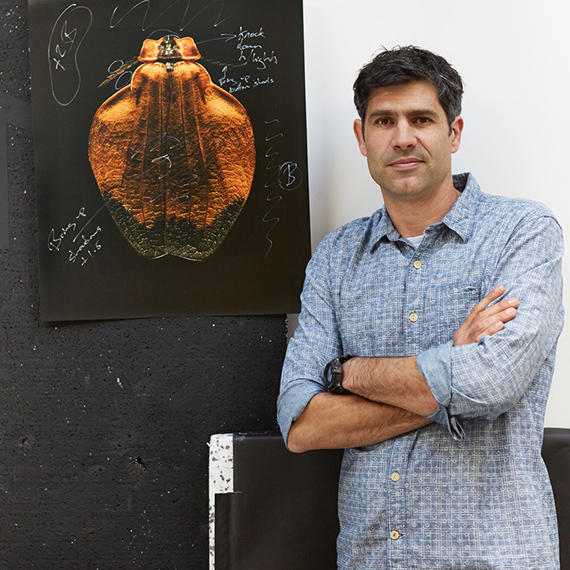
Levon is a British photographer whose career has covered a wide breadth of photographic genres, from portrait to documentary and sport. His work has appeared on the covers of titles such as TIME magazine and The New York Times, with subjects including Quentin Tarantino, President Macron and Usain Bolt. For the last six years he has turned his attention to extreme macro photography.
Levon’s passion for nature and photography created Microsculpture (link to www.microsculpture.net), a unique photographic study of insects in mind-blowing magnification that has taken the genre of macrophotography to a new level. Biss has adapted traditional macro techniques to create a photographic process that reveals the minute detail of insects in a resolution never seen before.
His photographs are printed in large-scale formats, with insects that are only millimeters long being presented as 3 meter high prints. Each image takes over 3 weeks to create and are produced from up to 10,000 individual photographs. The Microsculpture exhibition has toured for 4 years, with 16 solo shows in 18 countries.
His latest project, ‘Carpology’, focuses on seeds and fruit and will be presented as an exhibition and book in late 2020.
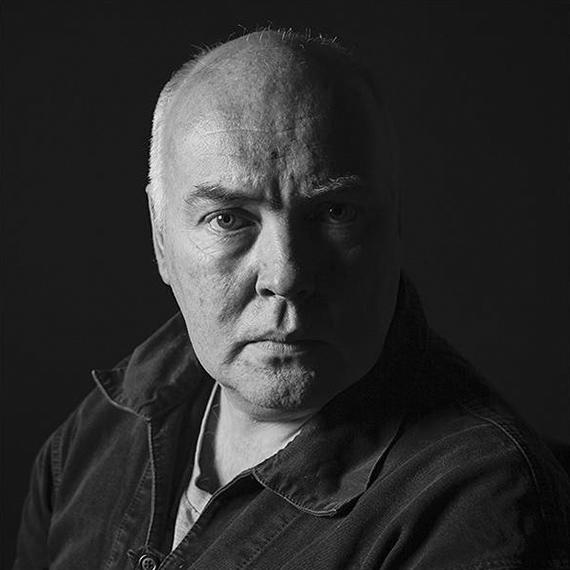
Chris is the Editor-in-Chief of Digital Camera magazine, and digitalcameraworld.com. He kicked off his photographic journey winning a Photographer of the Year competition sponsored by Woolworths when he was aged just 18... but he admits that was a very long time ago. He has since made a career of working on a number of different imaging magazines over the past 30 years. He has written a number of books, including The Book of Digital Photography, which has been translated into a dozen languages.
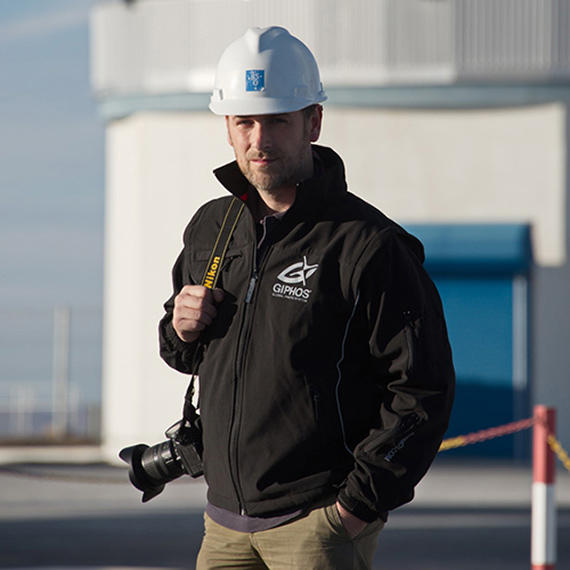
Alberto is a photographer who loves nature in all its forms and is constantly looking for the beauty of the world that surrounds us. From the most minute subjects to the immensity of the universe.
He is a Nikon Europe testimonial, Nikon School Master, and ESO Photo Ambassador. Born in Parma in Italy in 1975, he has created over sixty exhibitions and has received over seventy national and international awards. He runs workshops, courses, photo shoots and conferences all over the world.
Recognized as one of the best Italian photographers, he collaborates with various international photographic agencies; publishes photos and articles on numerous Italian and foreign newspapers both for the web and in print.
albertoghizzipanizza.com
facebook.com/albertoghizzipanizza
instagram.com/albertoghizzipanizza
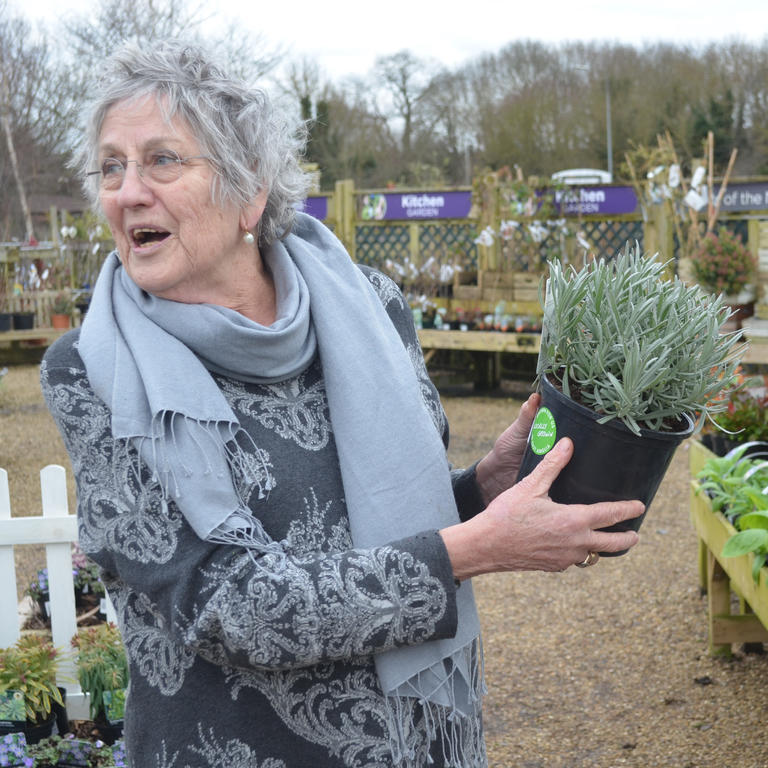
Born in Melbourne, Germaine is an Australian theorist, academic and journalist, and is regarded as having been a major feminist voice of the mid-20th century.
Germaine is the President of Buglife, and an active one, attending many events on their behalf, from opening their new Head Office in Peterborough to high profile events like the State of Nature launch. She has written passionately about the restoration of an Australian rainforest in south-east Queensland.
Educated at the University of Melbourne, University of Sydney and University of Cambridge, her honorary roles include emeritus professor in English Literature and Comparative Studies at the University of Warwick.
Germaine’s ideas have created controversy ever since her book The Female Eunuch became an international best-seller in 1970, bringing her both adulation and opposition. She is also the author of many other books including Sex and Destiny: The Politics of Human Fertility (1984); The Change: Women, Ageing and the Menopause (1991); Shakespeare’s Wife (2007); and The Whole Woman (1999); White Beech: The Rainforest Years (due 2015).
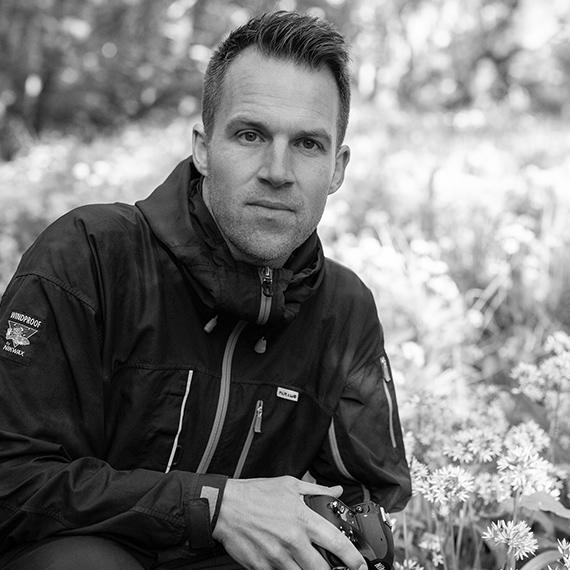
Ross Hoddinott is one of the UK’s best-known landscape and nature photographers. He is the author of several best-selling photography books, including Digital Macro & Close-up Photography, The Landscape Photography Workshop, and 52 Assignments: Landscape Photography. He is a regular contributor to the photo press and has written hundreds of articles.
Ross has been working professionally since his late teens, and his clients include BOSE, Kew Gardens, Petronas and The National Trust. Together with Mark Bauer, he runs Dawn 2 Dusk Photography, who specialise in landscape photography workshops. Ross is a multi-award-winning photographer, a Nikon Alumni, a LEE Filters Master, and an Ambassador for Manfrotto.
Ross is passionate about nature and conservation. He lives in North Cornwall with his wife Felicity and three children.

An Industrial Designer and Macro Photographer from South Florida who has lived all over the world, Andres has always had a passion for creating and developing products. By always turning to nature for his inspiration, he developed a love for insects and macro photography.
From Asia, Europe, and North America to the rainforests of Central and South America, Andres has explored the secret worlds that lay within our planet, photographing endemic and endangered species of arthropods and amphibians, sharing their unique beauty and helping conscientize society on the importance they play on our day to day lives. He has made macro photography a journey of learning and discovery.
Andres' macro photography work has been published by the BBC, NHK World Japan, Societas Entomologica, numerous entomology books, galleries, and multiple online publications. In 2019, the website Fstoppers worked with Andres to develop a full-blown Macro tutorial after his collaboration videos about macro photography reached over a million views.
instagram.com/andresmoline
facebook.com/andresmolinemacrophotography
flickr.com/photos/andresmoline
andresmoline.com
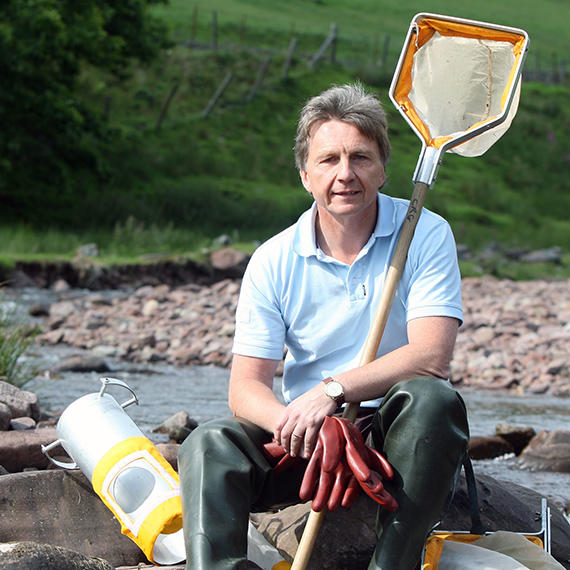
Steve is a leading invertebrate conservation scientist based at Cardiff University, and an authority on the conservation of freshwater invertebrates. He has had extensive experience on committees and boards of public bodies and NGOs, including recently being the Chair of the RSPB. Steve is currently the Chair of Trustees for Buglife.
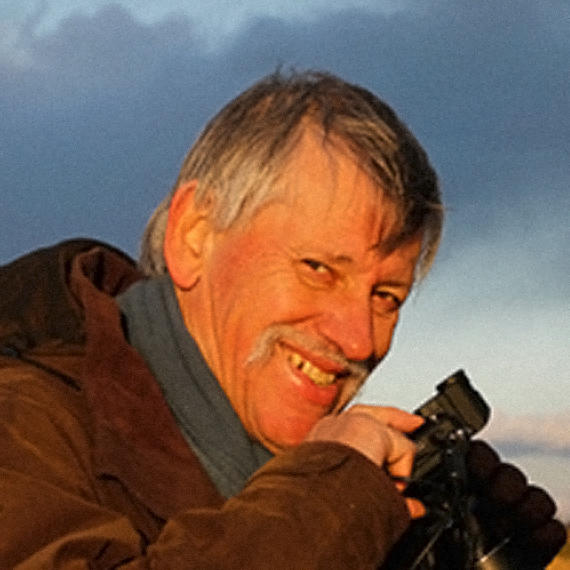
Arno van Berge Henegouwen is a biologist and has worked in various museums. He finds the greatest satisfaction in education, in addition to scientific work on insects. In addition to his scientific publications on water and dung beetles, he has published on various popular science topics and, often together with colleague Ruud Hisgen, he has conceived many temporary and permanent exhibitions in museums in Tilburg and The Hague. In the Museon they designed the renewed permanent exhibition Your World My World. He brought the first and twenty-two subsequent editions of the Wildlife Photographer of the Year to The Hague. Hisgen and he devised and developed the Museonder for the Hoge Veluwe National Park and renovated the Visitor Center.

FREE to any Bug Awards participant or Photocrowd member
Make your best photos ever with Luminar 4, the smart photo editor based on Artificial Intelligence. This award-winning app runs as a standalone or fits right into your existing workflow as a plug-in to Adobe Photoshop and Lightroom Classic. Luminar is packed full of fast and intuitive features that let you easily create rich detailed images (perfect for photo awards!).
Get the 60-day version of Luminar 4 absolutely free - perfect for your next contest entry! Find out more >
- The title ‘Bug Photographer of the Year 2020’
- £2,500 (GBP) cash prize
- Gitzo Traveler Kit Series 0, 4 Sections tripod/head kit worth €754 (EUR)
- 1 x Radian 1; 1 x Pulse; 1 x Spark from Alpine Labs worth $393 (USD)
- Luminar ‘Max’ bundle worth $262 (USD)
- 3 years of Photocrowd ‘Master’ subscription worth £270 (GBP)
- Fstoppers 'Mastering Macro Photography' video training series worth $300 (USD)
- Lowepro ProTactic BP 300 AW II and GearUp Creator Box M worth €210 (EUR)
- LitraTorch 2.0, Platypod, Goose Necks, Platypod Multi, Torch 2.0 Color Filters, Torch Barn Doors, Torch Silicone Sleeve worth, Torch Diffuser Set, Torch Soft Box Adapter, Pro Soft Box, Ball Mount – all provided by Litra.
- CanvasPeople voucher worth £75 (GBP)
- 1 year of ‘Household’ membership to Buglife worth £54 (GBP)
- £250 (GBP) cash prize
- Luminar ‘Max’ bundle worth $262 (USD)
- 1 year of Photocrowd ‘Master’ subscription worth £90 (GBP)
- 1 year of Buglife membership worth £36 (GBP)
- 5 copies of the Awards Calendar, featuring your winning image
- CanvasPeople voucher worth £75 (GBP) in the 'Mobile Phone Photography' category; £35 (GBP) voucher in all other categories.
- The winner of the Fstoppers-sponsored 'Arachnids' category will win the 'Mastering Macro Photography' video training series worth $300 (USD)
- The winner of the Alpine Labs-sponsored 'Flies, Bees, Wasps and Dragonflies' category' will take home 1 x Pulse and 1 x Spark worth $193 (USD)
- The winner of the Litra-sponsored 'Extreme close-up' category will win a LitraTorch 2.0, Torch 2.0 Color Filters, Torch Barn Doors, Torch Silicone Sleeve, Torch Diffuser Set, Torch Soft Box Adapter, Pro Soft Box
- 2nd & 3rd place in all categories win a Luminar ‘Plus’ bundle worth $162 (USD)
- 2nd & 3rd place in all categories win a Photocrowd ‘Challenger’ subscription worth £30 (GBP)
- The title ‘Young Bug Photographer of the Year 2020’
- MPB accessories bundle worth £249.97 (GBP) featuring: Brunswick Camera backpack (£109.99); Palmeira Carbon Fibre Travel Tripod (£119.99); Midnight Camera Neck Strap (£19.99)
- MPB voucher worth £250 (GBP)
- Luminar ‘Max’ bundle worth $262 (USD)
- 3 years of Photocrowd ‘Master' subscription worth £270 (GBP)
- Fstoppers 'Mastering Macro Photography' video training series worth $300 (USD)
- LitraTorch 2.0 worth $90 (USD)
- 1 x Spark from Alpine Labs, worth $74 (USD)
1 year of ‘Household’ membership to Buglife worth £54 (GBP)
- CanvasPeople voucher worth £35 (GBP)
- Shortlisted images will be featured in an exclusive online gallery. The size of each shortlist will be determined by the quality and number of entries in each category.
- All shortlisted photographers will receive a one year membership to Buglife (£36 each)
If you are interested in being a sponsor of the Bug Photography Awards 2021, please email bugs@photocrowd.com
There are 10 subject categories:
• Aquatic Bugs
• Arachnids
• Beetles
• Flies, Bees, Wasps and Dragonflies
• Butterflies and Moths
• Snails and Slugs
• All The Other Bugs
• Extreme Close-up
• Bug Homes
• Mobile phone photography
In addition, photographers who’ll be 13-17 years old on 7th September 2020 can also enter the Young Bug Photographer contest.
Reading the detailed brief for each category should make it clear where to enter your images, but if you need clarification because you don't see a species listed then email the name of the species in your image to support@photocrowd.com. Unfortunately we're not able to help you identify the species in your images.
Photographers of any age and nationality can enter the 10 main subject categories.
The Young Bug Photographer contest is only open to those who’ll be 13-17 years old on 7th September 2020.
Any entrant under 18 on the date when they enter must gain the permission of a parent or guardian to enter the competition. People under the age of 13 are not permitted to register on the Photocrowd platform.
The opening date of the competition is 27th May 2020.
The closing date for entries is midnight (UTC) on 7th September 2020.
The shortlisted images will be announced on the 16th October 2020. Category winners and the grand prize winner (the Bug Photographer of the Year) will all be announced on 21st October 2020.
All photographers can enter up to 8 images in each of the 10 categories.
Those eligible to enter the Young Bug Photographer contest can enter an additional 8 images into this category.
The grand prize and title of Bug Photographer of the Year will be awarded to one photographer. In deciding which photographer this will be, the judges will consider up to 5 of the images that each photographer has entered into the awards. These 5 images will be chosen for consideration based on their performance within the categories they were entered into, with the most successful images from each photographer being considered.
The cost is based on the number of images you want to enter. Entries are bought in advance and can then be used at any time before midnight (UTC) on 7th September 2020. The following entry bundles are available, and entries can be used across any of the 10 main categories:
1 image - £6 (£6 per image)
8 images - £24 (£3 per image)
24 images - £42 (£1.75 per image)
48 images - £60 (£1.25 per image)
80 images - £80 (£1 per image)
A discount on the price of entry bundles of 10%, 20% or 30% is available for Photocrowd Challenger, Pro or Master subscribers, respectively. Find out more about Photocrowd subscriptions here.
Multiple bundles can be purchased (eg. 3 x 1 image bundles = 3 total entries) but the maximum number of entries that can be made across all 10 main categories is 80 (8 images per category).
The Young Bug Photographer Award is free to enter.
The welfare of the creatures in any images submitted to the awards is of great importance to us, our partners and our judges.
For that reason, any methods of stilling insects that involve freezing, chemically spraying, pinning or killing them for the purposes of taking an image are not permitted in these awards.
It is recognised that creatures die of other causes in nature, and in the past have also been collected and kept in the name of science. So images of dead creatures are not therefore excluded. However if we suspect that a creature may have come to harm, we will ask for some more detail around how a shot was taken, and how the creature was interacted with.
Our expert judge Ross Hoddinott has written a thought-provoking piece on this subject, which is well worth a read here
Critical to the integrity of the awards is that entries must not deceive the viewer or attempt to disguise or misrepresent the reality of nature.
Therefore there are some restrictions on the use of digital manipulation of submitted images.
Images submitted to the Bug Photography Awards must essentially show the scene and subjects as they were shot. They must not combine multiple different elements in one shot.
Focus stacking and similar techniques necessarily require the combining of multiple images, and this is allowed. However images of fundamentally different subjects or backgrounds that have been brought together into one image are not allowed.
Examples of this would be:
- multiple different creatures shot separately then combined into one image to give the appearance that they were in the same place at the same time
- creatures being cloned out of the background they were shot against and dropped into different backgrounds (unless the backgrounds were very similar, or of no consequence to the overall effect of the image)
Photographers may make reasonable use of digital darkroom techniques which enhance quality but do not distort the photograph. Major alterations should be avoided, although the cloning out/removal of elements in an image is allowed, so long as this does not fundamentally change the likely interpretation of the behaviour, environment or appearance of the creature in the image.
Adjustment to levels, curves, colour balance, colour saturation, dodging and burning, selective adjustments using layers and blemish and dust spot removal are all examples of acceptable manipulation.
You may crop your image in the interests of composition, correcting horizons, etc. but your cropped image must be at least 2,500 pixels on the shortest side as we will ask for files at least this size should your image win and be selected for any printed material or exhibition coming out of the awards.
A copy of the original camera file and a screengrab of your indexing software showing other images from the same shoot may be requested for all images that are included in the shortlist for each category. We reserve the right to eliminate entries where such a request is ignored or where it is suspected that the rules have been infringed.
Yes, the same image can be entered into multiple categories, if you consider that it fits the brief for each category you enter it into.
Each entry to a category counts as one entry, for the purposes of payment.
Each photographer can enter the awards once, using one Photocrowd account. More than one image bundle can be purchased, but there is a maximum of 80 images that can be entered by each photographer – 8 into each of the 10 main categories.
For this inaugural Bug Photography Awards there is no rule regarding how recently an image must have been taken. In future years this may change.
If the awards are still open for entries then at any time you can remove an entered image and enter a different one in its place. Once the deadline for entries has passed, and judging is underway, images cannot be removed or swapped out for other images.
Yes, there’s a simple signup process to register on Photocrowd, which will then give you full access to the Bug Photography Awards.
Yes, images can be taken on any device capable of producing a digital image of sufficient size for entry. For full guidelines on minimum image requirements see the Preparing Your Images page.
In addition there is a dedicated mobile phone category in this year’s awards, and images must have been taken on a mobile phone (not tablet).
No, the Bug Photography Awards is an international competition and you may enter photographs taken anywhere in the world.
Photographs of any species of invertebrate taken anywhere in the world are eligible for entry. The subject categorisation is intended to cover all possible invertebrates. If you are unsure of which category you should submit your entries to, or wish to make recommendations or ask questions regarding category definitions, please email support@photocrowd.com and we’ll respond as soon as possible.
Images (including similar images taken from the same series of photographs) that have previously won a national or international photography award (including winner, runner-up, highly commended or equivalent) or are entered into a competition where the results are pending, are not eligible for entry. This does not include Photocrowd free-to-enter contests.
UPDATED: During the judging process it was decided to lift this restriction for the 2020 awards, to allow images that had previously won other awards. This restriction will now also not apply to the 2021 awards, to allow images to be entered that may not have been entered into this year's awards for this reason.
There is a recommended minimum file size of 2500 pixels on the shortest side. Full guidelines on image requirements are provided on the Preparing Your Images page.
Full guidelines on image preparation are provided on the Preparing Your Images page.
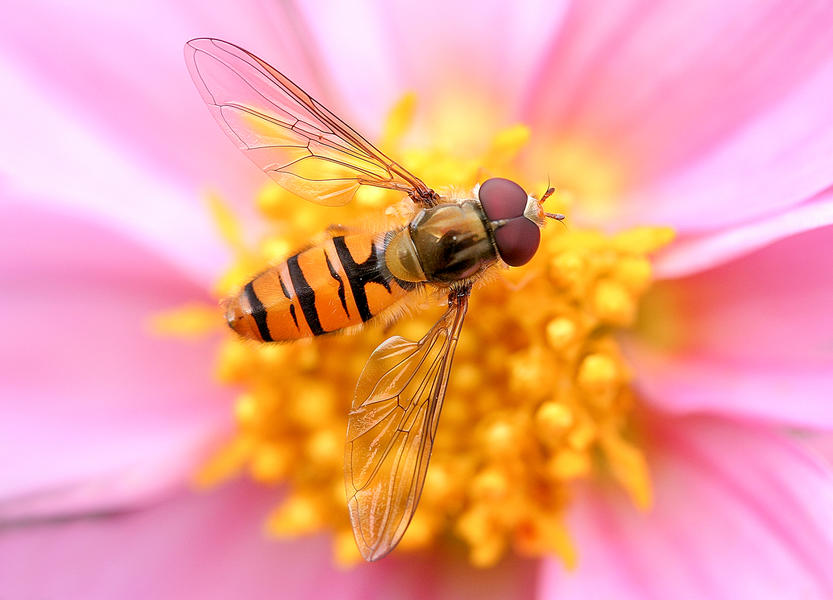
© tony
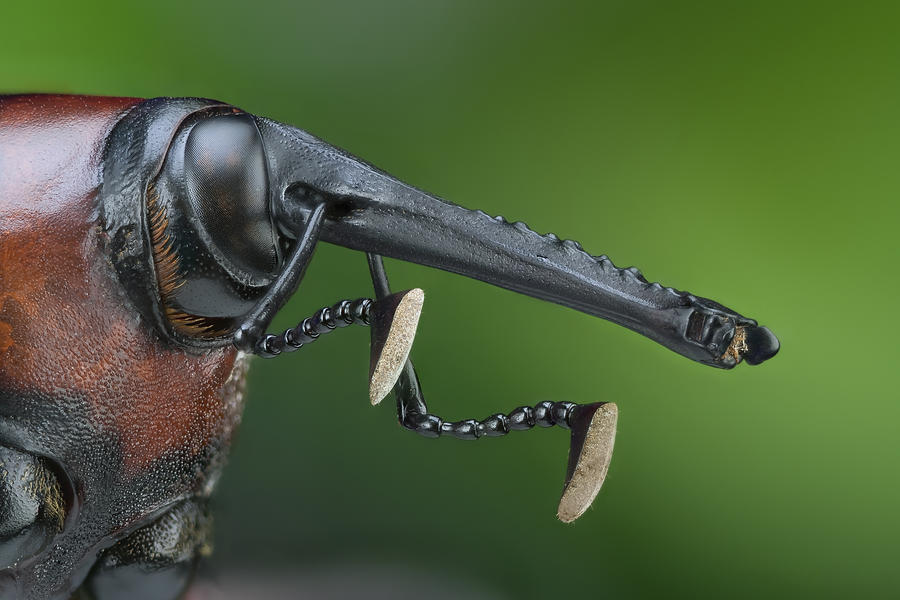
© quenoteam
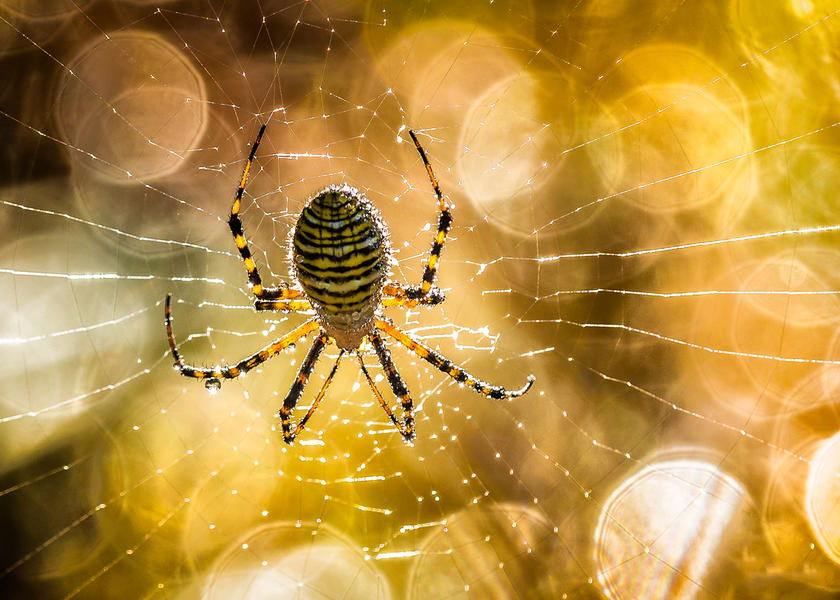
© Kevin Childress
The Bug Photography Awards are promoted by Photocrowd Ltd and hosted on Photocrowd.com, and Photocrowd’s Terms and Conditions and Privacy Policy apply.
In addition please note the following in relation to these awards:
The competition is global and open to people of all ages and nationalities.
Any entrant under 18 when they enter the competition must gain the permission of a parent or guardian to do so. People under the age of 13 are not permitted to register on the Photocrowd platform.
It is the responsibility of each entrant (or the entrant's parent or guardian) to ensure that they have read and will abide by these rules and Photocrowd’s terms and conditions. By submitting an entry, each entrant (or the entrant's parent or guardian) agrees to these rules, that their entry complies with these rules, and that they will be liable to the Promoter and their licensees in respect of any damages or losses incurred as a breach of the rules.
The Young Bug Photographer contest is only open to persons aged 13-17 on the date of closure of the competition on 7th September 2020. Entrants aged 13-17 are also eligible to enter the main categories of the competition (standard entry charges will apply).
Employees or agents of Photocrowd, their families or other persons connected with this promotion (excluding the sponsors) are not eligible to enter.
Proof of eligibility must be provided upon request. Use of a false name or other false details will result in disqualification.
2.1 All entries must be submitted via the Photocrowd online platform. No entries will be accepted by email or post.
2.2 It is imperative that images submitted to the Bug Photography Awards do not feature creatures who have come to harm at the hands of the photographer.
By submitting an image to the awards you confirm that any creatures in those images were interacted with during the image making process in a way that treated them respectfully and did not result in them experiencing distress, injury or death.
Methods of stilling insects that involve freezing, chemically spraying, pinning or killing them for the purposes of taking an image are not permitted in submitted images for the awards.
It is recognised that creatures die of other causes in nature, and in the past have also been collected and kept in the name of science. Images of dead creatures are not therefore excluded from entry to the Bug Photography Awards.
Any images of creatures must also be in conformance with any existing legislation regarding permitted or forbidden interaction with that species or its habitat.
With these policies in mind, we reserve the right to ask for further information from the photographer about their photographic methods and the state of the creature before, during and after the shot was taken.
2.3 Images (including similar images taken from the same series of photographs) that have previously won a national or international photography award (including winner, runner-up or highly commended) or are entered into a competition where the results are pending, are not eligible for entry. This excludes free-to-enter Photocrowd contests. UPDATED: During the judging process it was decided to lift this restriction for the 2020 awards, to allow images that had previously won other awards. This restriction will now also not apply to the 2021 awards, to allow images to be entered that may not have been entered into this year's awards for this reason.
2.4 There are some restrictions on the use of digital manipulation of submitted images.
Images submitted to the Bug Photography Awards must essentially show the scene and subjects as they were shot. They must not combine multiple different elements in one shot.
Focus stacking and similar techniques necessarily require the combining of multiple images, and this is allowed. However images of fundamentally different subjects or backgrounds that have been brought together into one image are not allowed.
Examples of this would be:
- Multiple different creatures shot separately then combined into one image to give the appearance that they were in the same place at the same time
- Creatures being cloned out of the background they were shot against and dropped into different backgrounds (unless the backgrounds were very similar, or of no consequence to the overall effect of the image)
Photographers may make reasonable use of digital darkroom techniques which enhance quality but do not distort the photograph. Major alterations should be avoided, although the cloning out/removal of elements in an image is allowed, so long as this does not fundamentally change the likely interpretation of the behaviour of the creature in the image.
Adjustment to levels, curves, colour balance, colour saturation, dodging and burning, selective adjustments using layers and blemish and dust spot removal are all examples of acceptable manipulation.
You may crop your images in the interests of composition, correcting horizons, etc. But remember, your cropped image must be at least 2,500 pixels on the shortest side as we will ask for files at least this size should your image/s win and be selected for any printed material or exhibition coming out of the awards.
Any changes to the original Photograph not itemised here are unacceptable and will render the Photograph ineligible for a prize.
2.5 The Promoter reserves the right to request from the entrant a copy of the original camera file and a screengrab of their editing software showing other images from the same shoot, and to eliminate entries where such a request is ignored or where it is suspected that the rules have been infringed.
The Promoter and Photocrowd reserve the right, in their sole discretion, to disqualify or remove any entry that does not comply with the rules or the spirit of the awards, at any stage of the awards.
Please refer to the prizing section on this website for details of prizes.
Once the entry period has closed, the panel of judges will convene to determine the category winners, the grand prize winner (Bug Photographer of the Year) and a list of at least 20 shortlisted images for each category.
They will be announced on 21st October 2020.
Please refer to the Judges section for more information on the Judges. The Judges’ decisions are final and binding in all matters and no correspondence will be entered into regarding the decisions.
All imagery MUST be the exclusive work of the submitting photographer and may not include any element that is the copyright of another. The Copyright for each image entered will remain with the submitting photographer. By entering the Competition and submitting your photograph(s), you hereby grant Photocrowd Ltd, Buglife and the awards sponsors a non-exclusive, irrevocable license to use your photograph(s) for any purpose connected with the Competition, including (but not limited to), promoting the Competition within printed and online media, the inclusion within printed and digital versions of any Competition book, the inclusion within printed and digital versions of any Competition calendar or other merchandise, display at exhibitions, use in press, promotional and marketing materials, social media networks and for the promotion of any future photographic competition in both print and online media.
You agree to participate in related publicity and to the use of Your name and likeness for the purposes of advertising, promotion and publicity without additional compensation.
Photocrowd is excluded from liability for any loss, damage or injury which might occur to any of the winners arising from their acceptance of the prizes. Entrants indemnify Photocrowd for all liabilities, including legal costs, in relation to any action or complaint taken by any third party against Photocrowd in relation to the entrant’s photograph(s).
Photocrowd reserves the right to cancel this Competition, in which case any entry fees paid will be refunded.
Photocrowd reserves the right to amend these Terms and Conditions. These Terms and Conditions shall be governed by English law. When a photograph is submitted and the entry date has passed, the entry cannot be changed or withdrawn. No refunds will be given. Entry to the Awards shall be deemed full and unconditional acceptance of the terms & conditions.
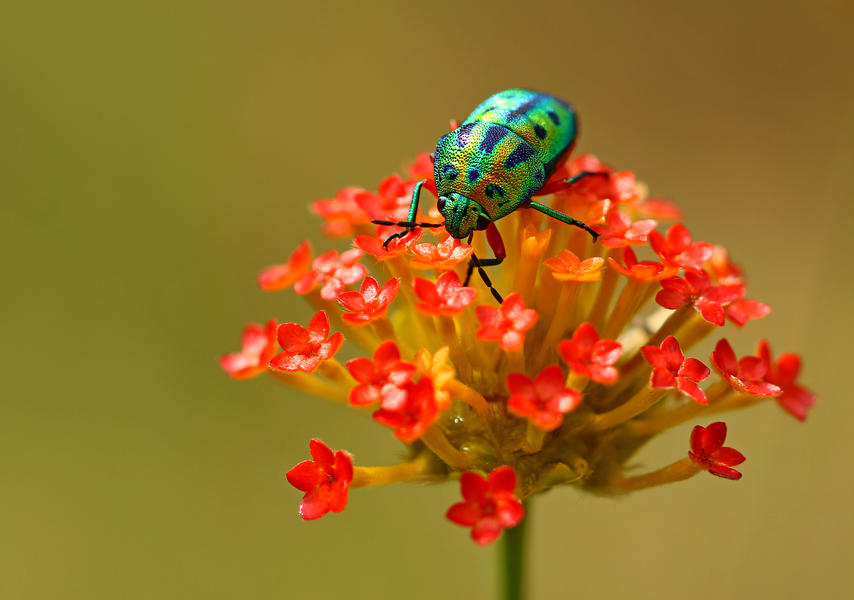
© SJG
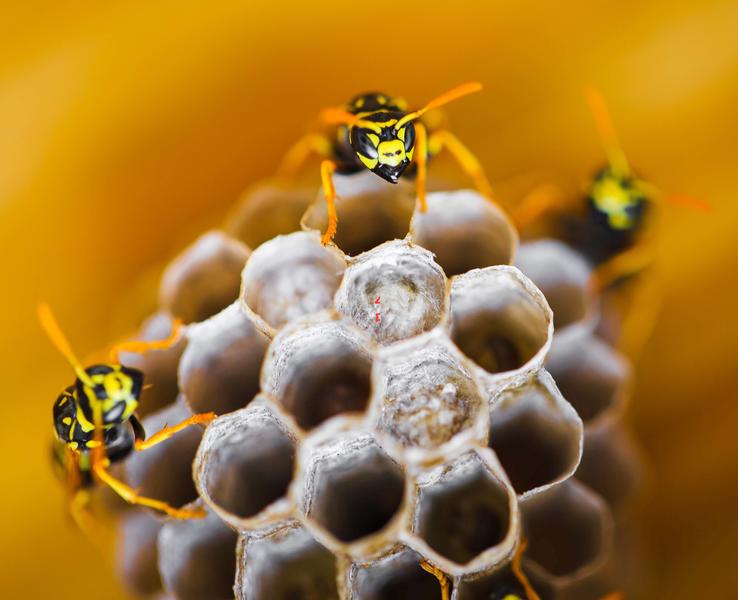
© Marcellus Kibby II
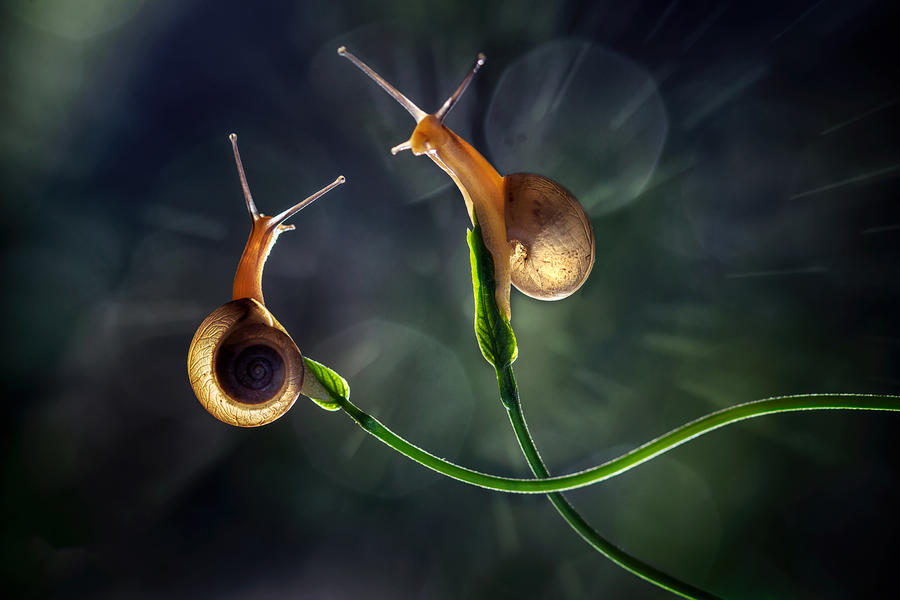
© Yulianto Pongge
